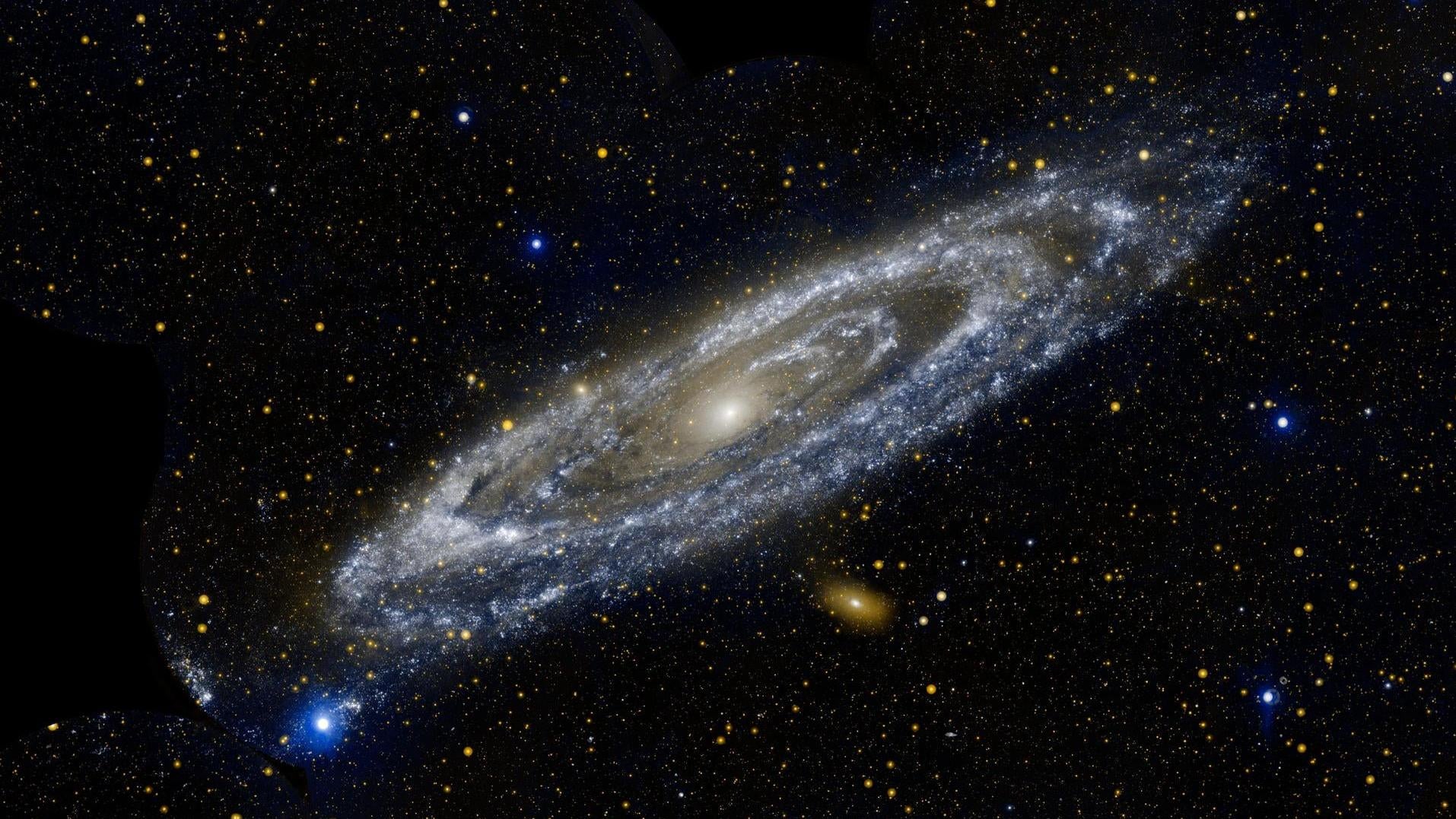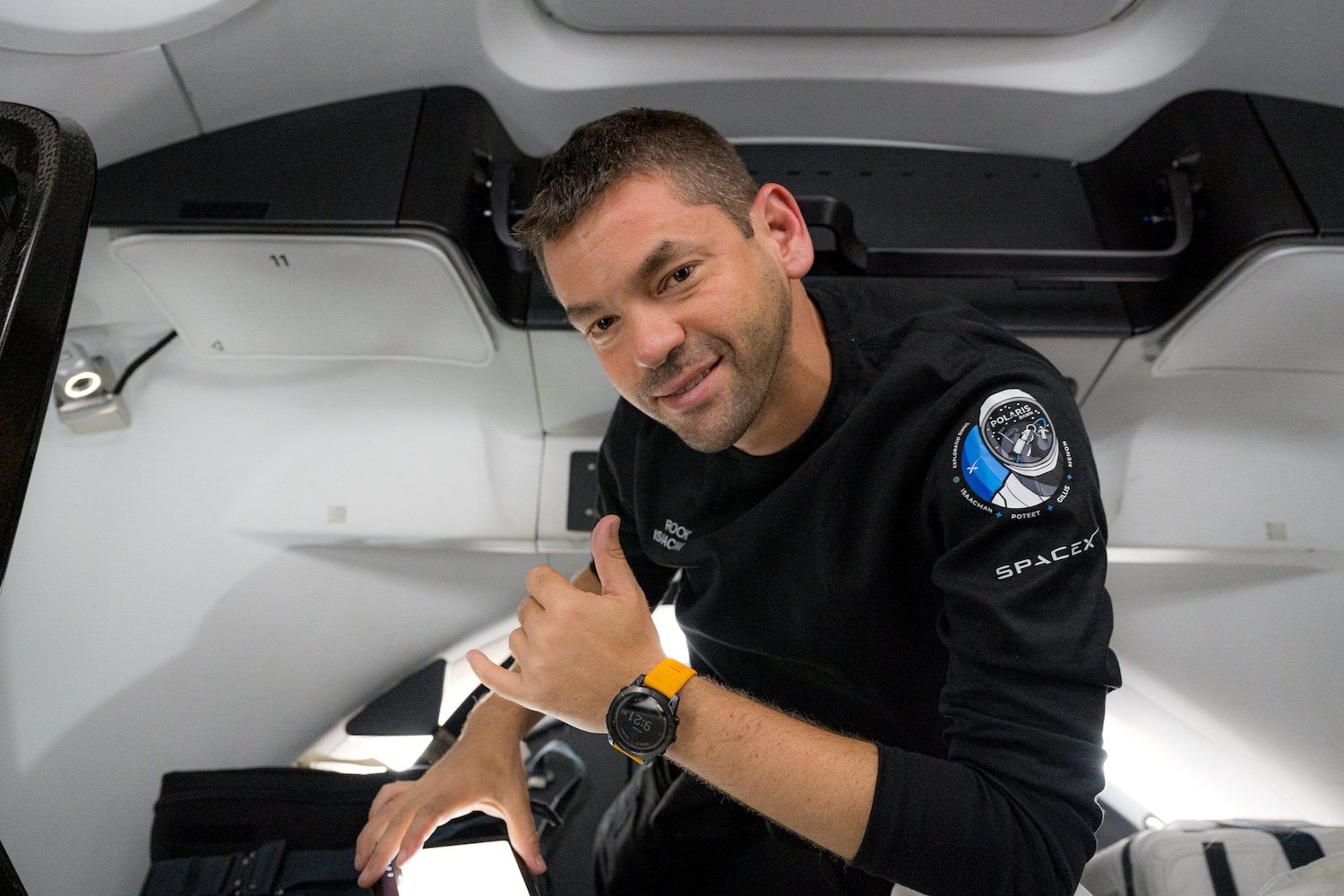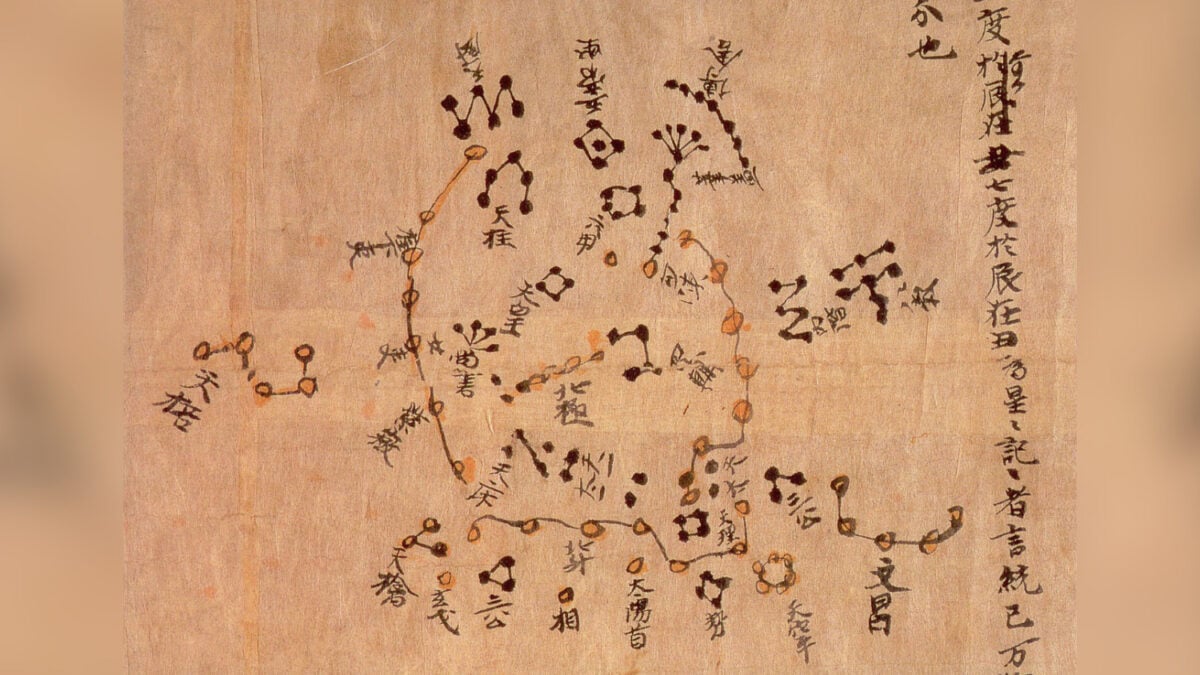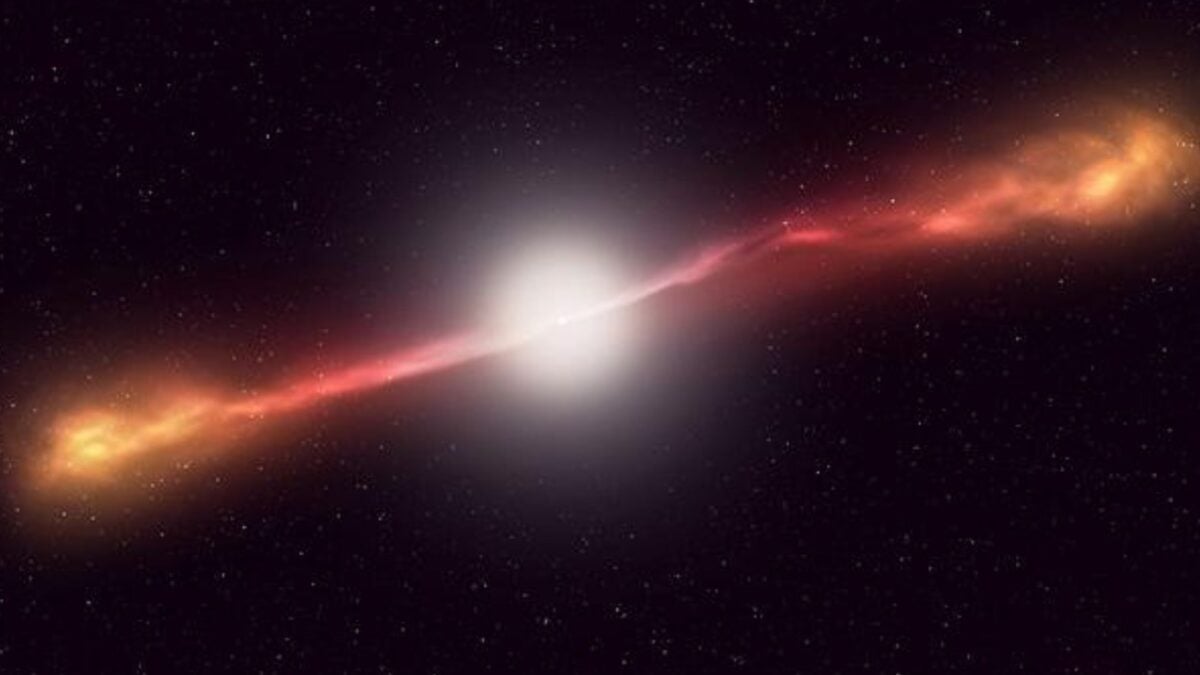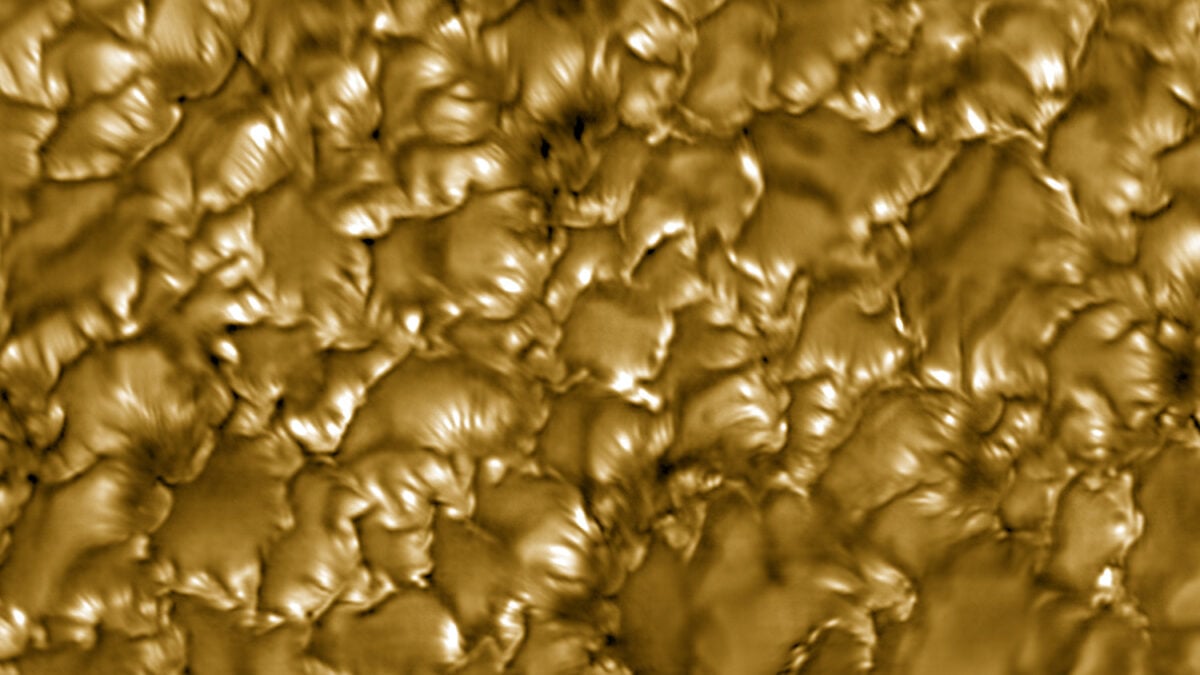For years, the colossal collision between our Milky Way and the Andromeda galaxy seemed an inevitable future event. However, recent astronomical research suggests this galactic merger, once considered a certainty, might not be as definite as previously believed, altering our understanding of the cosmic neighborhood’s destiny.
New Research Challenges Cosmic Collision Predictions
An international research team, utilizing updated data from the Gaia and Hubble space telescopes, has re-evaluated the future trajectory of our galaxy. Their simulations, which incorporate revised mass estimates for galaxies in our Local Group, including Andromeda, indicate roughly a 50% chance of a Milky Way-Andromeda collision within the next 10 billion years. This finding aligns with earlier studies that also hinted at a lower probability for this long-foreseen galactic event. The researchers noted that “uncertainties in the present positions, motions and masses of all galaxies leave room for drastically different outcomes.”
The Galactic Dance: Factors Influencing the Outcome
The paths of galaxies are governed by complex gravitational interactions. Beyond Andromeda, the Triangulum galaxy and notably the Large Magellanic Cloud (LMC), a satellite galaxy of the Milky Way, exert significant influence. Researchers, including experts from the University of Helsinki and Durham University, suggest previous analyses may not have fully accounted for the LMC’s gravitational pull. They explained that “the orbit of the Large Magellanic Cloud runs perpendicular to the Milky Way–Andromeda orbit and makes their merger less probable.”
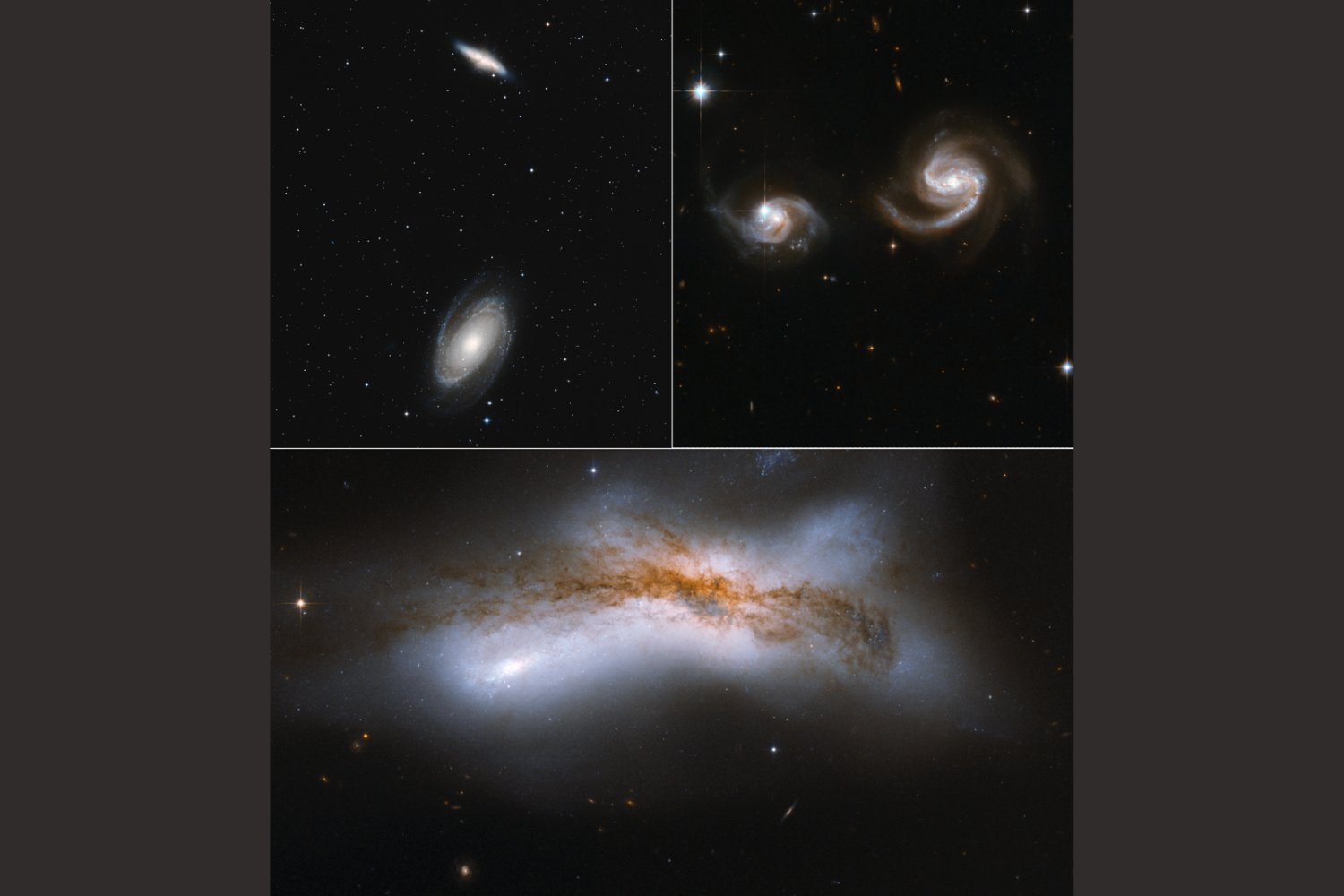 Simulations illustrating potential future scenarios for the Milky Way and Andromeda galaxies, including near misses and a direct collision.
Simulations illustrating potential future scenarios for the Milky Way and Andromeda galaxies, including near misses and a direct collision.
Uncertainties and an Alternative Cosmic Encounter
The study acknowledges that current data, even with the latest observations, still harbors uncertainties. These unknowns make precise predictions about the Milky Way and Andromeda’s movements challenging, though ongoing data collection, particularly from the Gaia telescope, is expected to refine these models further. While the formation of a “Milkomeda” supergalaxy from a Milky Way-Andromeda merger is now less certain, the simulations point to a different, highly probable event: a merger between the Milky Way and the Large Magellanic Cloud, potentially occurring within the next two billion years.
Our Galaxy’s Undetermined Future
Ultimately, the cosmic destiny of the Milky Way remains an open question, as the researchers concluded, “the fate of our Galaxy is still completely open.” While a direct hit with Andromeda is less assured than once thought, the dynamic interplay of galactic forces continues to shape our universe’s future, promising more astronomical insights as our observational capabilities improve.



